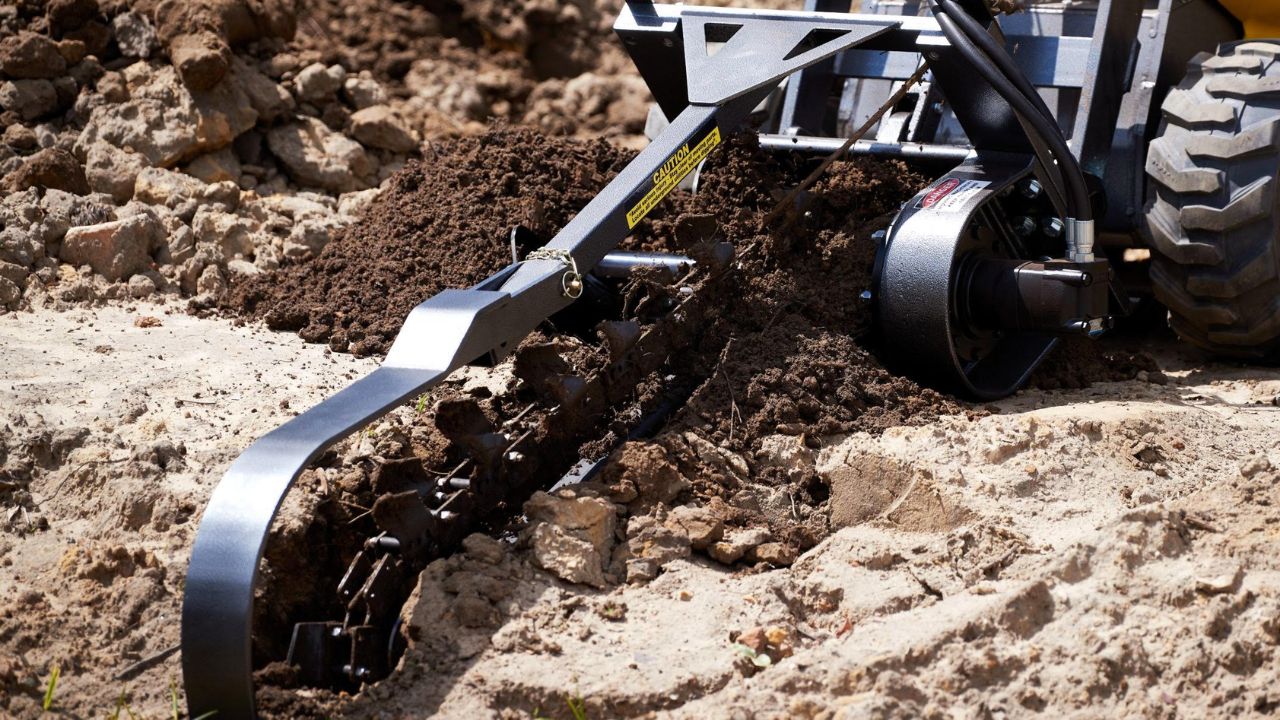The correct storage of Lowe Trencher spare parts guarantees their quality preservation and ensures they remain available for immediate use. Improper storage conditions will cause premature wear, rust, and damage, negatively impacting trencher performance. Users who implement proper storage methods will achieve longer part life spans and prevent the need for premature replacements of lowe trencher parts.
Organizing Parts for Easy Access
Users can replace components swiftly because efficient part organization systems exist for Lowe Trencher spare parts. Marking storage spaces with part names and numbers helps workers avoid confusion, shortening repair and maintenance periods. Separating small components, including bolts, nuts, and sprockets, from large parts, including trencher chains and teeth, helps maintain the proper organization of all items. Storage racks combined with appropriate containers limit stacking pressure on delicate parts to maintain their operational capability and shape.
Preventing Rust and Corrosion
The operational lifetime of Lowe Trencher components is short because of rust and corrosion, so proper preventive steps must be taken. Protective coatings and lubricants applied to metal components help stop oxidation from occurring. An airtight storage design that uses silica gel moisture absorbers establishes a reliable method to stop corrosion. Inspecting stored parts for rust indications, followed by immediate action on problems found, helps maintain their optimal state.
Choosing the Right Storage Environment
The storage environment is essential to determining how well Lowe Trencher parts stay in good condition. A dry area with controlled temperatures is the ideal storage space because moisture causes both corrosion damage and rust formation. To safeguard their structural composition, parts must be placed in a storage area free from direct sunlight and wide temperature variations. A dedicated storage area and a room or cabinet safeguard spare parts against environmental hazards such as dust and debris.
Protecting Parts from Physical Damage
The storage of spare trencher parts needs to prevent physical harm. Heavy parts should be placed on stable shelves while keeping the stack height below safe limits to prevent damage from falling and breaking. Protective materials should be used to cover carbide teeth and cutting edges to prevent damage from chipping and wear. Separating parts from mutual contact will protect their functional performance by minimizing accidental scratches and dents.
Maintaining Inventory and Rotation
Users achieve better inventory management through proper tracking of Lowe Trencher storage components. Regular inventory record updates track all stored parts and ensure replacement parts remain available for immediate use. The first-in-first-out procedure reduces storage duration for older parts, which lowers their deterioration risk. Regular inspections of stored parts help users identify defective components before replacement needs to happen while choosing high-quality replacement parts.
Storing Parts According to Manufacturer Guidelines
Lowe trencher parts require storage according to manufacturer guidelines, which ensures their peak performance state. Manufacturers supply detailed instructions about part storage, which include humidity standards, temperature specifications, and protective handling procedures. The guidelines provide protection against unnecessary harm to parts, which ensures their performance remains consistent when installed on trenchers.
Conclusion
The proper storage method for Lowe Trencher spare parts ensures their long-term durability and quality performance. Users who maintain clean, controlled environments while organizing their parts effectively and protecting against rust and damage will extend the operational life of trencher components. Combining well-organized inventory management with manufacturer recommendations leads to a superior spare part condition, which decreases maintenance expenses and enhances trenching equipment performance.


